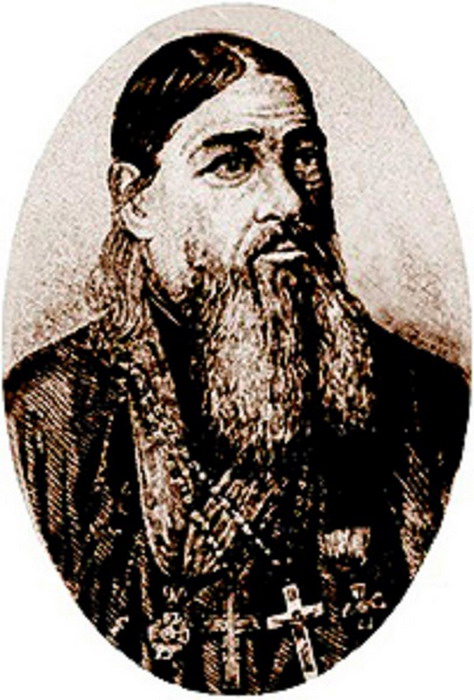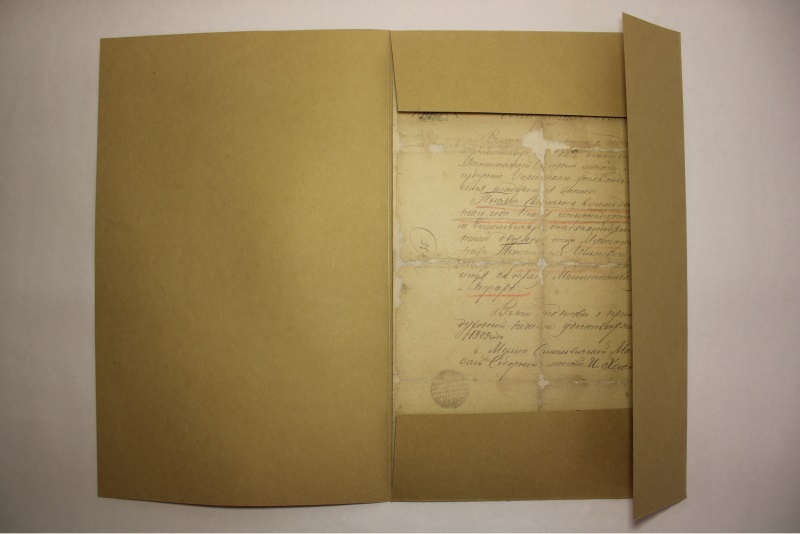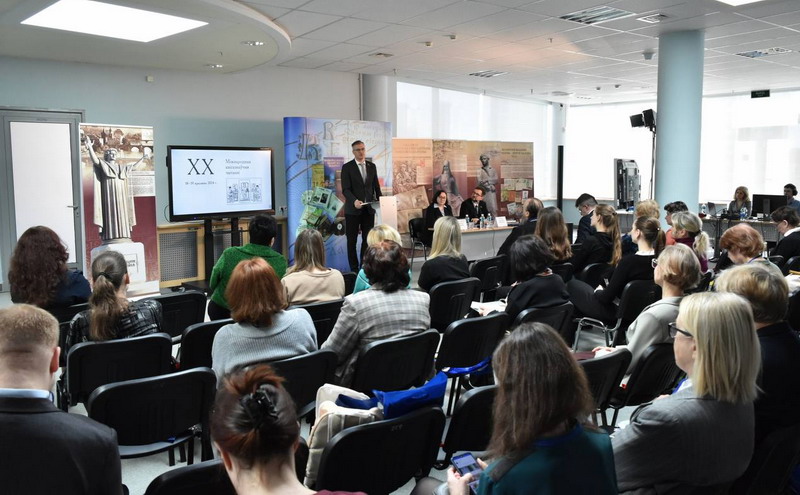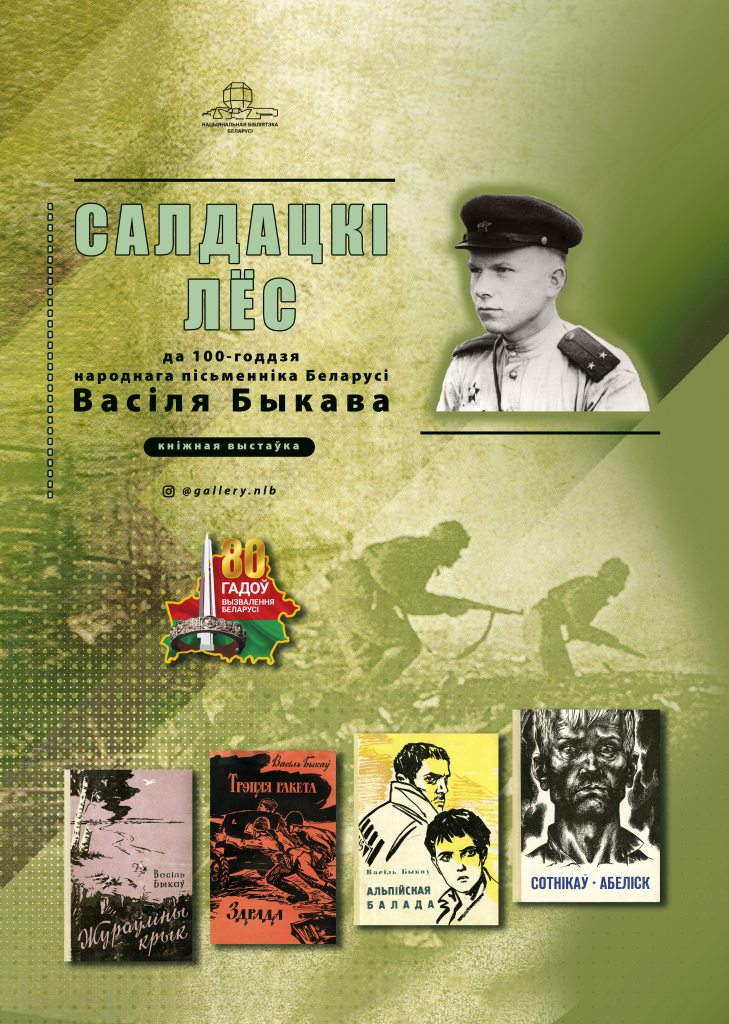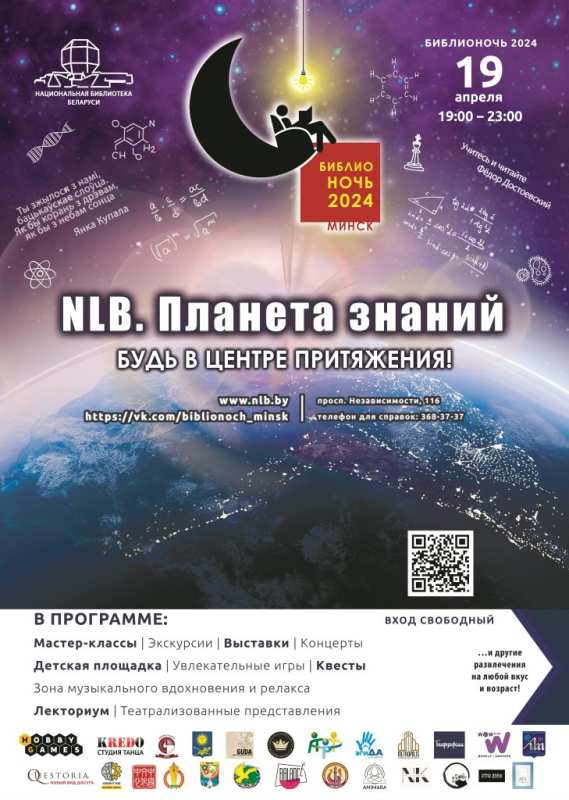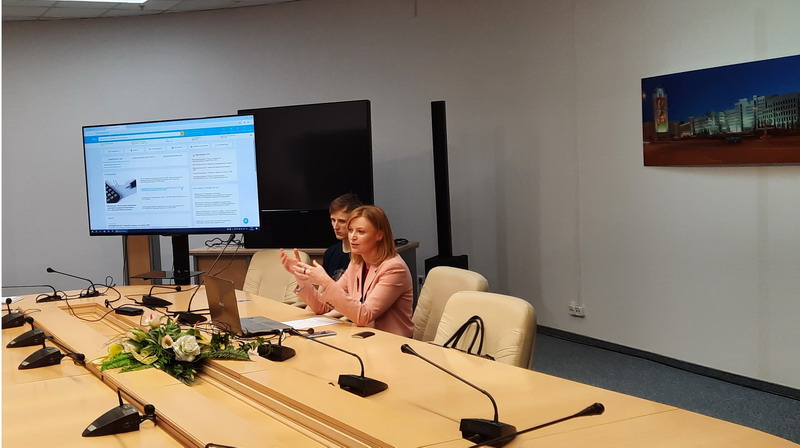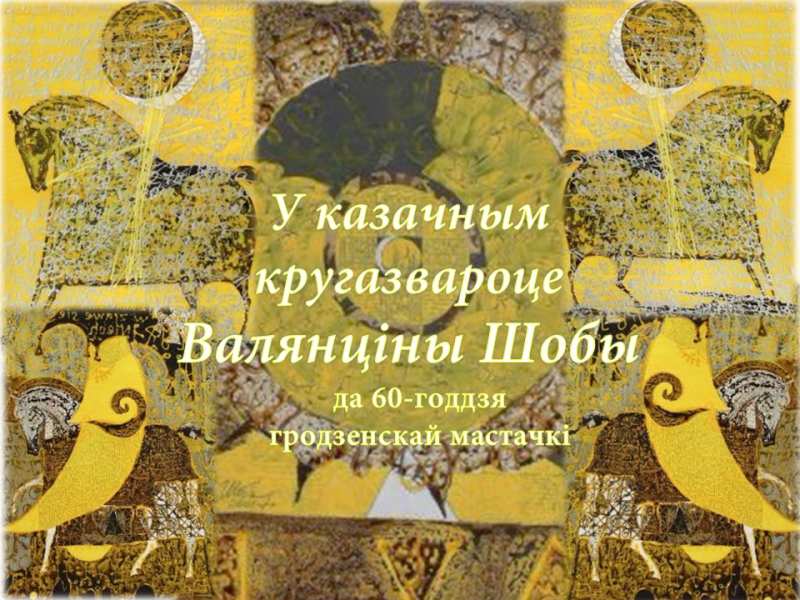Ioann (Ivan Ivanovich) Grigorovich did a lot to study and publish sources on the history of his homeland as a researcher and collector of Belarusian antiquity, he was one of the most educated people of the 19th century. He went far beyond the geographical boundaries of Belarus by the scale of his activity.
In the fall of 1790 (according to other sources of 1792) in the town of Propoisk (now Slavgorod) of the Mogilev province, in the family of the priest Ivan Grigorovich, a son Ivan was born, who was destined to become one of the first domestic professional scientists, organizers of Belarusian and Ukrainian archaeographic research. Until the age of 10, Ivan lived with his family in Propoisk. During this time, his father gave him an elementary education, focusing on Greek and Latin. In 1802 Ivan entered the Mogilev Theological Seminary, where his inclination towards scientific pursuits manifested itself. The ability for languages and zeal provided the young Grigorovich in 1811 with a place as a teacher of Greek and Latin at the Mogilev District Spiritual School. A close acquaintance and later close cooperation with the State Chancellor, Count N.P. Rumyantsev played a decisive role in his life. While living in Mogilev, I. Grigorovich visited his parents in Gomel, where he was introduced to the count, who immediately noticed the young man's ability and zeal for science and promoted his admission to the St. Petersburg Theological Academy.
In 1819, a graduate of the academy, candidate of theology I. Grigorovich became the rector of the Peter and Paul Cathedral in Gomel. At the same time, despite his busy pastoral affairs, he continued to engage in science. Ioann Grigorovich was actually the first who systematically began to collect and publish ancient manuscripts, acts, valuable historical materials. His home in Gomel turned into one of the most active archaeographic laboratories in Europe at that time. Grigorovich made numerous research expeditions, carried on an intensive correspondence with prominent scientists, prepared his works for publication. His scientific activity was not interrupted even after he was transferred to Vitebsk to fulfil the duties of the Rector of district and parish schools, the censor of sermons, and a gymnasium teacher. Grigorovich received an invitation to St. Petersburg for the post of archpriest in the Finnish Life Guards regiment in 1831. As an outstanding expert in publishing, he was admitted to a member of the Archaeographic Commission (1837), and then became the Chief Editor of its acts.
Grigorovich's interest in historical documents published on the territory of Belarus was expressed in the appearance of numerous historiographic collections and historical works. Already in 1824 the first part of the "Belarusian Archive of Ancient Letters" was published. In the same year, the manuscript by "Belarusian hierarchy" Grigorovich was presented to the Metropolitan of Kiev. This is the first archaeographic scientific work dedicated to the history of the Orthodox Church in Belarus. It is noteworthy that the scientist in his search was not limited only to confessional issues, but also selected documents reflecting the political and socio-economic life of Belarus. Of great importance was the collection of foreign policy documents prepared by him "The Correspondence of Popes with Russian Tsars in the 16th Century" (1834), a collection of works by the famous Belarusian Archbishop G. Konissky (1835).
The pinnacle of the tireless work of the scientist-archeographer was the publication of four volumes of the "Acts of Western Russia" (1846-1853), which included about 2 thousand documents on the political history of Belarus, Ukraine and Lithuania in 1340-1699. Many of the documents were published in Belarusian.
The works by Grigorovich were highly appreciated by his contemporaries and brought him fame in the scientific world. The level of the scientist's archival publications remained exemplary for many decades, and in some ways even unsurpassed. And today it can be argued with all confidence that a huge number of archaeographic documents, which are material for the research of modern both secular and church historians, would not have survived to this day without the scientific and publishing activities of Grigorovich.
More detailed information about the life and work of Ioann Grigorovich, information about his work and the works themselves can be found in the National Library of Belarus (electronic catalogue, factual database "Belarus in persons and events", National database of authoritative/normative records, consolidated EIR "National bibliography of Belarus ").
Bibliology Research Department

